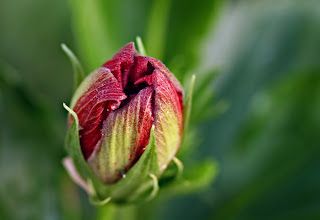 |
| A very beautiful rose bud. |
- A feature takes an in-depth look at what’s going on behind the news.
- It gets into the lives of people.
- It tries to explain why and how trend developed.
- Unlike news, a feature does not have to be tied to a current event or a breaking story. But it can grow out of something that’s reported in the news.
Different point of views of feature story:
- The story behind
- Personality in profile
- Tracking a trend
Feature Writing Tips:
- Start with a lead that captures your reader’s attention.
- Move your story along with descriptions of what happened, quotes from people involved in the issue, and details that place the reader in the midst of the action.
- Make sure your ending is meaningful.
Types of Features
- Personality profiles: A personality profile written to bring an audience closer to a person in or out of the news. Interviews and observations, as well as creative writing, are used to paint a vivid picture of the person. The CBC’s recent profile of Pierre Elliot Trudeau is a classic example of the genre and makes use of archival film footage, interviews, testimonials, and fair degree of editorializing by the voice-over commentary.
- Human interest stories: A human interest story is written to show a subject’s oddity or its practical, emotional, or entertainment value.
- Trend stories: A trend story examines people, things or organizations that are having an impact on society. Trend stories are popular because people are excited to read or hear about the latest fads.
- In-depth stories: Through extensive research and interviews, in-depth stories provide a detailed account well beyond a basic news story or feature.
- Backgrounders: A background-- also called an analysis piece-- adds meaning to current issues in the news by explaining them further. These articles bring an audience up-to-date, explaining how this country, this organization, this person happens to be where it is now.
No comments:
Post a Comment